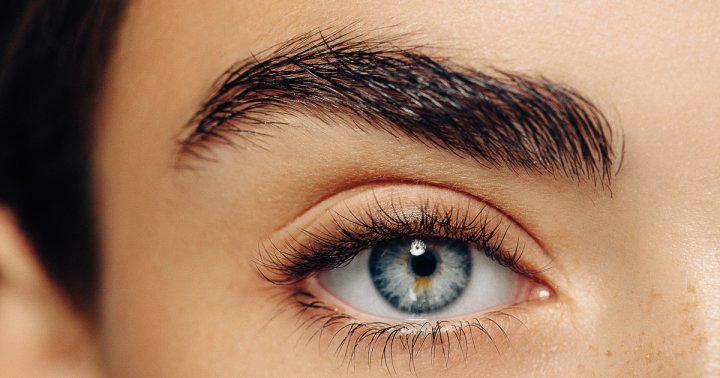

Consider soap brows a lesser version of brow lamination: Instead of committing to the semi-permanent salon procedure, you can coat the hairs with bar soap, which helps flatten down the strands so you easily mold them to your liking—almost like a glue stick. “Drag culture and the drag community was up in the genesis of that movement by gluing down their brows to perform,” notes brow expert Joey Healy.
Your eyebrows are your face framers, after all, and re-forming the arches can quite literally change the shape of your face—and no one knows this better than drag queens. “The first thing I do, before I put on any other makeup, is get my eyebrows in the right place,” says Jackie Cox, who starred on Season 12 of RuPaul’s Drag Race. “When you are able to glue down or soap down a brow, you’re able to truly master the shape that you want or create a new effect—something that is so important to drag.”
After applying even layers of glue onto clean, dry brows and setting them with powder, Cox draws her arches a bit higher than her natural brow bone to make her face appear more elongated and feminine. “The two [facial features] that are most identified with masculine or feminine are the brow bone and the jaw,” she explains. “And both of those things we can affect with makeup and change how they’re perceived.” Covering the brows provides a blank canvas, so Cox can become anyone she wants to be.
The soap brow trend reached fever pitch in 2019, as breakthrough brow lamination procedures became more and more popular, notes celebrity brow artist René de la Garza. But the sentiment behind it remains the same: Whether you prefer brushing up the hairs to add volume, moving them to cover gaps or scars, fluffing them out to make them wear wider, or redirecting stray strands, the way you mold your brows can help you achieve various looks, and thus change the way you are perceived.
